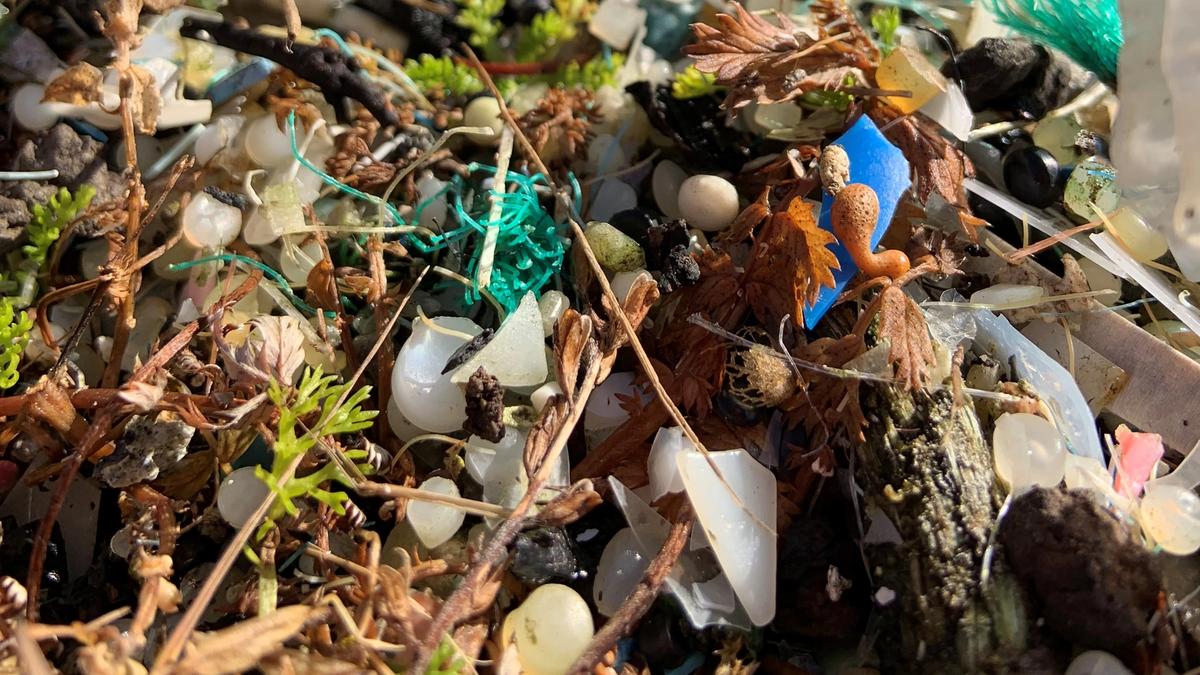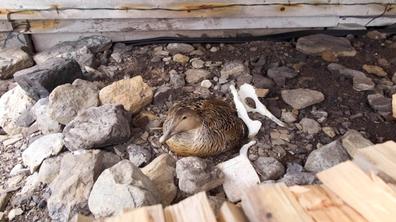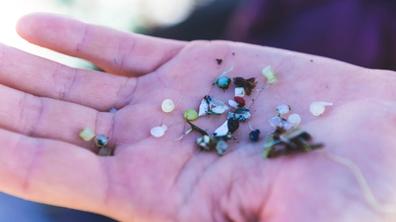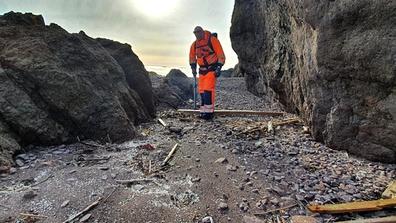In its plastic strategy, white paper to the Storting no. 45 (2016–2017) Waste as a resource – regarding waste policy and the circular economy – contains measures to prevent plastic pellets ending up in nature.
In the spring of 2020, the Norwegian Environment Agency published a separate report on measures and a policy instrument assessment to combat microplastics, as a follow-up to a report from 2016 (Norwegian Environment Agency report, 2020). The report refers to several measures to reduce the discharge of plastic pellets. In particular, the follow-up of manufacturers and various programmes through OSAPR, Norner and the EU's plastic strategy is discussed. This will contribute to a reduction in plastic pellets ending up in the sea. Furthermore, proposals have been described for better monitoring of the discharge of microplastics in general, as well as updating estimates of microplastics and where they pollute.
A good basis once an accident occurs
In 2019, the Oslo Fjord was given its own action plan because the environmental condition of the fjord was suboptimal, pellet discharges aside. The action plan includes specific measures that contribute to reducing discharges from municipal drains, stricter emission permits and an initiative to combat plastic litter.
A pellet discharge in an already troubled fjord does not make a positive contribution to the marine environment. Nevertheless, the Oslo Fjord is manageable and has good access to clean-up compared to many other fjords and coastal areas in Norway.





